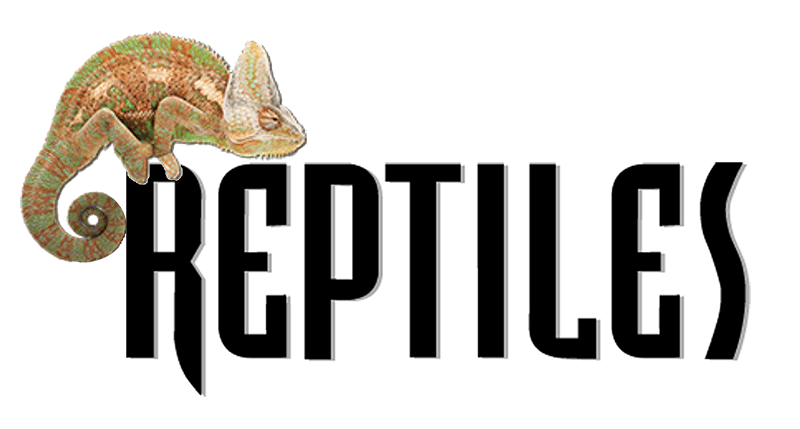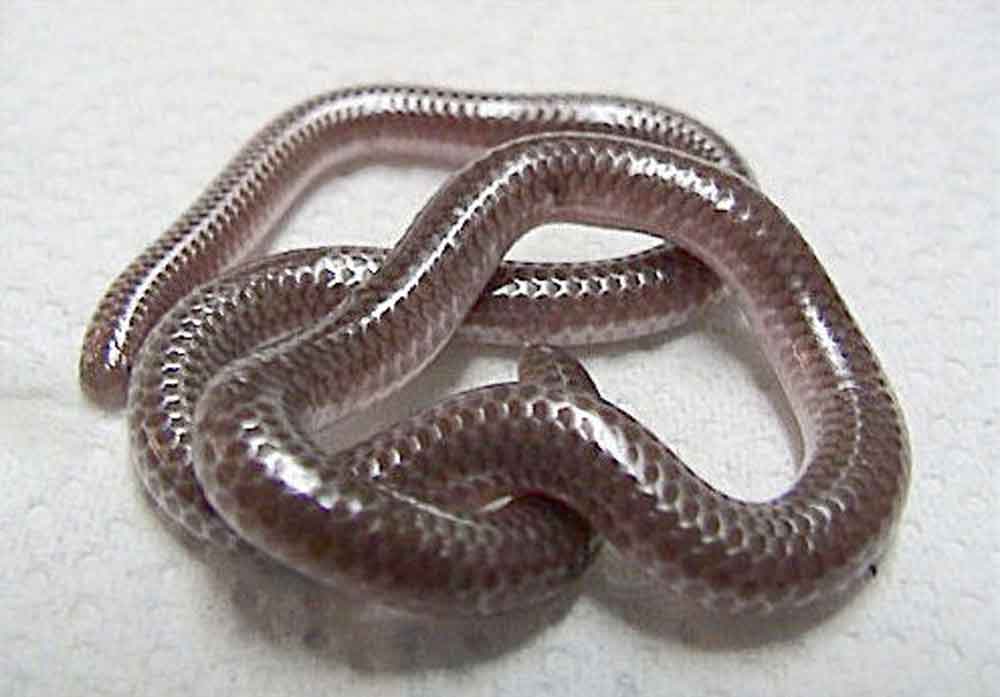These cloacal fluids are comprised of insecticidal carboxylic acids in the scent gland secretions of snakes that deter ants.
Snakes have a variety of defense mechanisms, from playing dead to venomous strikes, to crawling away, snakes will do most anything to avoid confrontation. But (no pun intended), how do snakes prevent predatory ants, such as fire ants, from attacking their cloaca or vent, which is often exposed?
They rely on scent gland secretions (SGS) that they expel from their vents when disturbed. These cloacal fluids are comprised of insecticidal carboxylic acids in the scent gland secretions (SGS) of snakes that deter ants and other insects. Researchers Paul J. Weldon of the Smithsonian Conservation Biology Institute, National Zoological Park and Robert K. Vander Meer of the Imported Fire Ant and Household Insects Research Unit, USDA, Center for Medical, Agricultural, and Veterinary Entomology studied the deterrent properties of the Middle American burrowing python (Loxocemus bicolor) SGS in “fumigation, repellency and contact-toxicity behavioral assays against workers of the red imported fire ant (Solenopsis invicta) and a species of carpenter ant (Camponotus floridanus).” They also examined the response of the red imported fire ants on SGS of booid, pythonid, colubrine, elapinine, and crotaline snakes, including the Texas blind snake (Rena dulcis) .
What Weldon and Park discovered was the red imported fire ants, when exposed to a diluted droplet of SGS and a droplet of water or sugar water, the fire ants avoided overwhelmingly the SGS droplets. And in doing so, they exhibited rapid attenuation from within a few mm of the SGS droplet, and then would rapidly retreat.
When the scent gland secretions were applied directly to the ants, the exposure caused a high pecentage of paralysis and death. Some ants recovered with four hours.
The Texas blind snake preys on ants and termites, crawling into the mounds to eat their prey. When they are attacked by ants, the blind snake coils into a ball and secretes its cloacal fluids containing SGS and smears itself with the fluid. The researchers found that the SGS repels three predatory ant species; Labidus coecus, Neivamyrmex nigresens, and Solenopsis geminata.
The complete paper, “Snake scent gland secretions repel and induce contact toxicity in ants,” can be read on the Springer Nature Link website.



